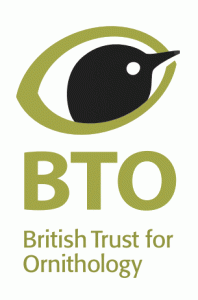Think you’ve spotted a Song Thrush in your garden? Our Song Thrush bird guide is here to help you learn lots of information about these garden visitors.
You’ve probably heard Song Thrushes spoken of in poetry for their melodic, repetitive song. They’re usually brown with a speckled and buff breast, so keep your eyes peeled as they can be spotted all over the UK. You can find them in woodland and other areas with lots of undergrowth. Their breeding season is between March and September and they’ll lay between two and four broods. Want to keep these tuneful birds well-fed? Their diet consists of insects and small seeds.

To find out more about other birds, take a look at our interactive bird guide.

About
Song Thrushes are brown in colour with a speckled breast
Locations
Wrens can be spotted in most areas across the UK
Habitat
Woodlands, farmlands and shrubberies
Diet
Insects and fruits
Breeding
Song Thrushes breeding season is between March and September. They will lay between two and four broods each containing 3-5 pale blue eggs. Their incubation period is approximately 14-15 days
BTO Facts
According Garden BirdWatch data, which has been collected since 1995, they are most frequently seen in gardens during February, when they are seen in around 30% of gardens. Since Garden BirdWatch began, Song Thrushes have declined markedly in gardens. One of the possible causes of this decline is related to the poor survival rate of young birds through their first winter. The availability of food during key times of year is also a concern.





